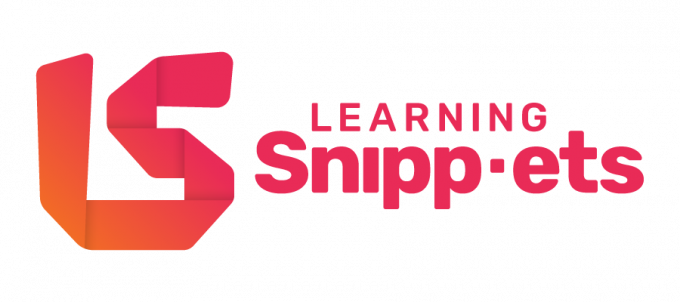
Can We Avoid Burnout?
We often use the term “burnout” as a vague label for an exhausting day or week of hard work, but actual burnout is more than

The COVID-19 pandemic has resulted in an overwhelming number of school shutdowns globally. Over 1.2 billion children are out of the classroom and the enrolment of mature students in online courses has spiked. With more students of all ages opting for online education, school boards, universities and other learning institutions need to bolster their e-learning offerings and accommodations in the face of rising demand.
Out of necessity, educators and institutions have needed to engage in Emergency Remote Teaching as a result of COVID-19. However, the sudden transition to online learning left very little room for course instructors and institutions to design and enact inclusive pedagogical practices.
There are concrete steps we now know may be taken to improve, enhance and ensure equity in online courses, including:
These are all factors that will contribute to a better learning environment for all.
Moving forward, course design should be approached with equity in mind. Designing courses to be inclusive, from content to assessment strategies, enhances student success and encourages equitable outcomes.
Asynchronous learning management will have to continue to improve as well in order to better accommodate all learners. Aside from prioritizing the quality of synchronous learning resources, finding ways to close the digital divide also needs to be made a focus.
Many students from lower-income households lack access to the internet or effective, reliable devices at home and more students are relying on computers in local libraries and community centres to connect.
As we’re transitioning from the end of an uncertain fall term to winter, online learning must be further optimized in the interest of all members of the learning community. It’s not too late to better prepare for the months ahead.
Want to learn more about improving accessibility within your organization? Check out our FREE Learning Snippets trial and join the mailing list for our weekly Sunday Snippets newsletter to stay up to date on best practices for diversity, inclusion and equity in the workplace.

We often use the term “burnout” as a vague label for an exhausting day or week of hard work, but actual burnout is more than

At Dialectic, we think a lot about DEI, soft skills, and leadership training that makes organizations more inclusive and human-friendly. When we team up with

Ageism commonly affects women over 40 in the workplace. In spite of their tremendous wisdom and experience, women over 40 may be passed over for
Dialectic helps organizations improve the way people work, learn, and collaborate through person-centred design and the latest in social science.

Does your team struggle with soft skills?
Use our app or upload Snippets to your LMS to build better habits in minutes with scenario-based microlearning.
Sign up for our weekly roundup of the latest on DEI, leadership, collaboration, and learning science.
© 2024 Dialectic. All rights reserved. | Contact Us | Privacy Policy | Terms of Use | AODA Statement
See how easy it is to activate soft skills in your organization. Soft skills training on 3 key topics: DEI, Leadership, and Collaboration.